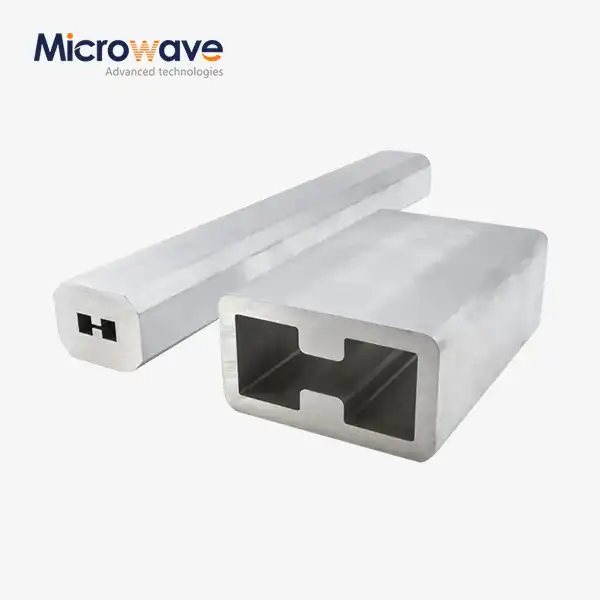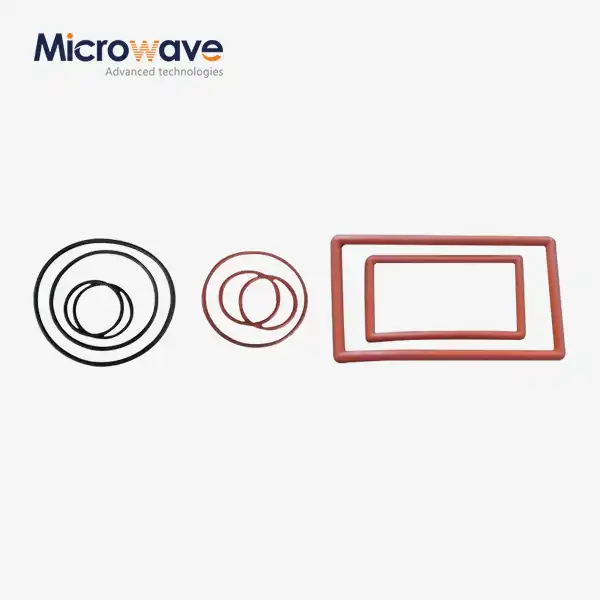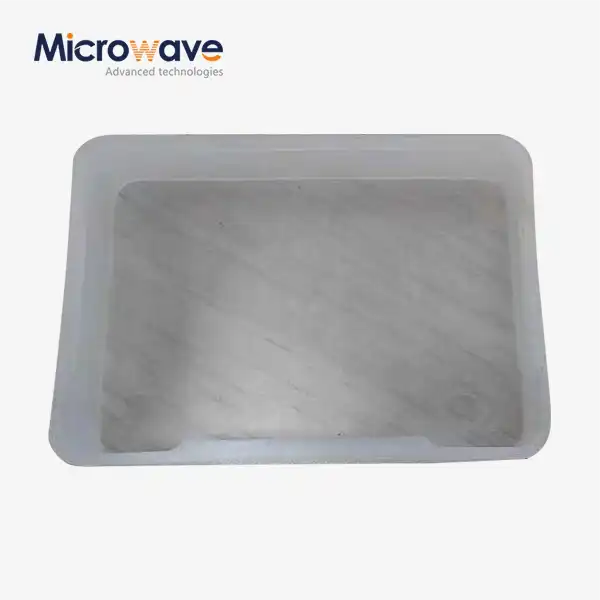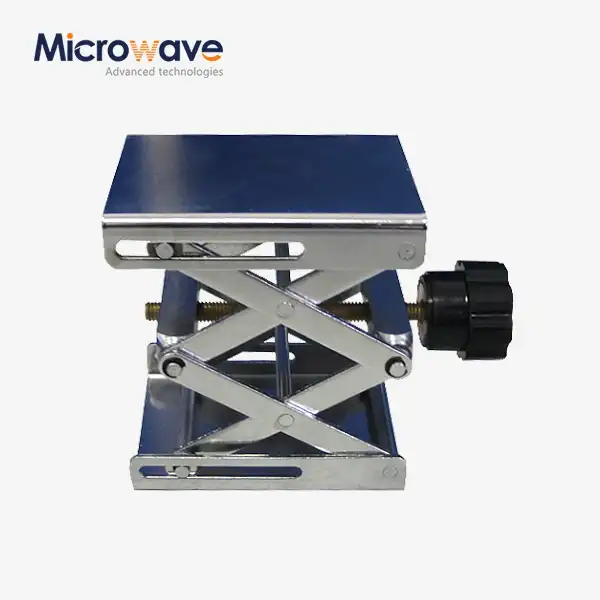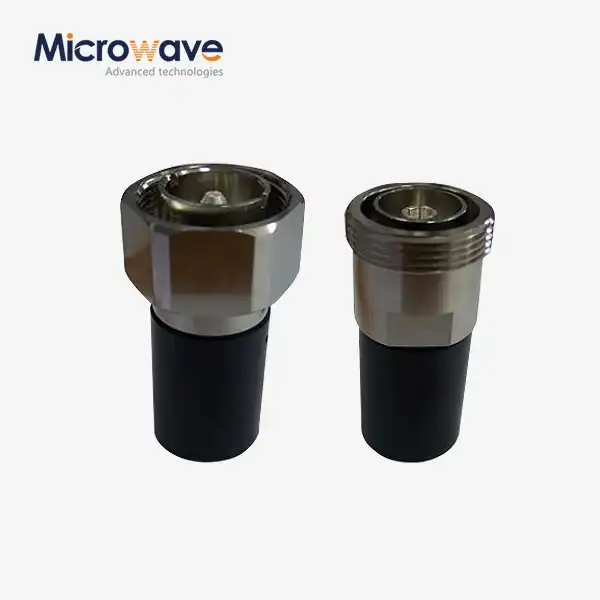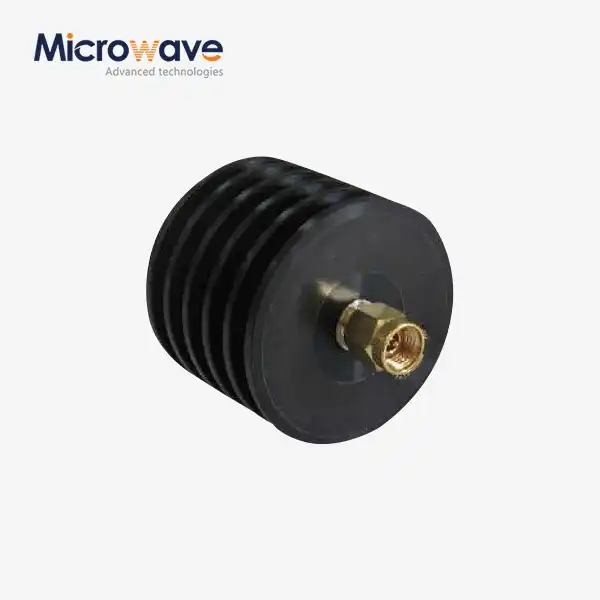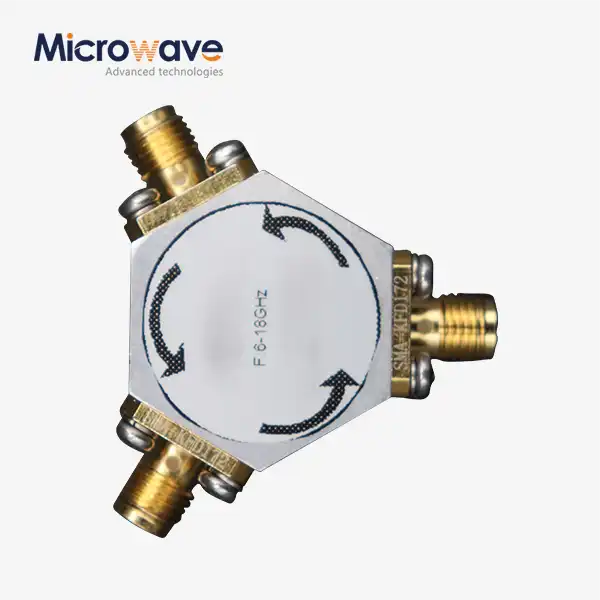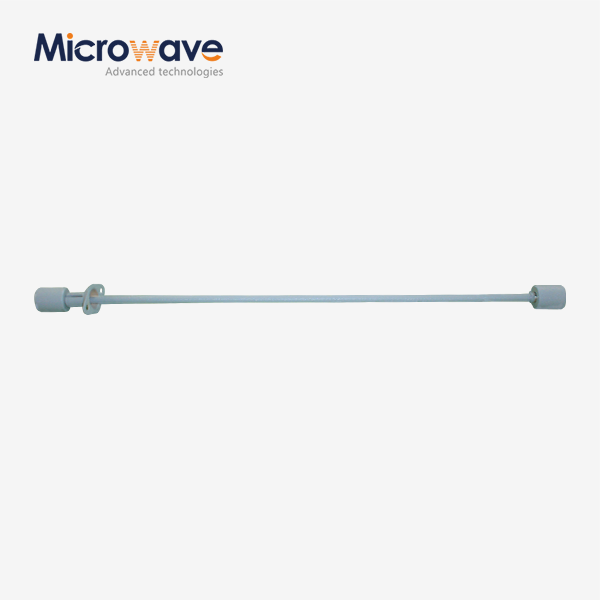How do Coaxial Fixed Attenuators improve signal quality in communication systems?
Coaxial Fixed Attenuators are critical components in modern communication systems, serving as precision instruments that play a pivotal role in managing signal integrity. These sophisticated devices enable engineers and technicians to precisely control signal power, reducing unwanted noise, preventing signal distortion, and ensuring optimal performance across complex communication networks. By providing precise attenuation capabilities, Coaxial Fixed Attenuators help maintain signal quality, improve system reliability, and enhance overall communication efficiency.
Precision Signal Management in Communication Infrastructure
The Science of Signal Attenuation
Signal management represents a complex engineering challenge that demands sophisticated technological solutions. Coaxial Fixed Attenuators emerge as crucial instruments in this intricate landscape, offering unprecedented control over signal characteristics. By implementing precise attenuation mechanisms, these components allow communication systems to optimize signal transmission, reduce interference, and maintain consistent performance across diverse operational environments. Within sophisticated communication infrastructures, Coaxial Fixed Attenuators act as critical regulators, carefully modulating signal power without compromising signal integrity. The ability to reduce signal strength with minimal distortion enables engineers to create more stable and reliable communication networks. Advanced Microwave Technologies' fixed attenuators are meticulously designed to operate across an extensive frequency range—from DC to 40 GHz—providing unparalleled flexibility for various communication applications.
Advanced Engineering Principles
The engineering behind Coaxial Fixed Attenuators involves complex mathematical and physical principles. By leveraging precise resistive networks and advanced material sciences, these components can consistently attenuate signals with remarkable accuracy. The low Voltage Standing Wave Ratio (VSWR) of ≤1.20:1 ensures minimal signal reflection, which is crucial for maintaining signal quality in high-performance communication systems.
Performance Optimization Strategies
Optimizing communication system performance requires a nuanced approach to signal management. Coaxial Fixed Attenuators provide engineers with a powerful tool for fine-tuning signal characteristics. By offering attenuation levels ranging from 0 dB to 60 dB, these components enable precise signal conditioning across various applications, from telecommunications infrastructure to advanced aerospace communication networks.

Signal Integrity and System Performance Enhancement
Noise Reduction Techniques
Effective noise reduction represents a critical aspect of maintaining high-quality communication systems. Coaxial Fixed Attenuators play a fundamental role in mitigating unwanted signal variations, implementing sophisticated noise suppression strategies. By carefully controlling signal power, these components help eliminate potential interference sources, ensuring cleaner and more reliable signal transmission. The advanced engineering of Coaxial Fixed Attenuators allows for exceptional performance even under challenging environmental conditions. With an impressive operating temperature range from -55°C to +125°C, these components demonstrate remarkable resilience. Their ability to maintain consistent performance across extreme temperature variations makes them invaluable in critical communication infrastructure where reliability is paramount.
Impedance Matching and Signal Consistency
Achieving optimal signal consistency requires precise impedance matching, a domain where Coaxial Fixed Attenuators demonstrate exceptional capabilities. These specialized components maintain a standard 50 Ω impedance, ensuring seamless integration into complex communication systems. By minimizing signal reflections and maintaining uniform transmission characteristics, Coaxial Fixed Attenuators prevent potential signal degradation. Advanced Microwave Technologies engineers meticulously design these attenuators to provide exceptional impedance matching across diverse frequency ranges, enabling reliable signal transmission in telecommunications, aerospace, and other high-performance communication environments.
Power Management Strategies
Power management represents a critical aspect of signal quality control, where Coaxial Fixed Attenuators excel in delivering precise signal regulation. Advanced Microwave Technologies' Coaxial Fixed Attenuators are engineered to handle power ratings up to 100 Watts, providing robust performance in demanding applications. These components enable engineers to implement sophisticated power management strategies, carefully controlling signal strength without introducing distortion. By offering customizable attenuation levels from 0 dB to 60 dB, these attenuators provide unprecedented flexibility in managing power across various communication systems, ensuring optimal performance and signal integrity.
Advanced Applications and Technological Innovation
Telecommunications Infrastructure
In the rapidly evolving telecommunications landscape, Coaxial Fixed Attenuators serve as essential components in base stations, repeater systems, and satellite communication networks. Their precision engineering enables telecommunications providers to maintain signal quality, optimize network performance, and support increasingly complex communication technologies. The versatility of these components allows seamless integration into multiple communication platforms. Whether deployed in 5G network infrastructure, satellite communication systems, or advanced wireless networks, Coaxial Fixed Attenuators provide consistent, reliable performance. Their ability to function efficiently across broad frequency spectrums makes them indispensable in modern telecommunications engineering.
Aerospace and Defense Applications
The aerospace and defense sectors demand extraordinary levels of reliability and performance. Coaxial Fixed Attenuators meet these stringent requirements through sophisticated design and robust construction. In radar systems, navigation equipment, and secure communication networks, these components ensure mission-critical signal transmission with exceptional precision. Advanced Microwave Technologies' commitment to quality is evident in their RoHS-compliant design and extensive testing protocols. Each Coaxial Fixed Attenuator undergoes comprehensive swept-frequency testing, guaranteeing compliance with exacting specifications across all operational frequencies. This meticulous approach ensures reliable performance in the most demanding environments.
Research and Development Innovations
Continuous technological innovation drives the evolution of Coaxial Fixed Attenuators. Advanced Microwave Technologies invests significantly in research and development, exploring new materials, refining manufacturing techniques, and expanding the capabilities of these critical components. Their ongoing commitment to innovation ensures that their Coaxial Fixed Attenuators remain at the forefront of communication technology.
Conclusion
Coaxial Fixed Attenuators represent a cornerstone of modern communication systems, providing precise signal management, noise reduction, and performance optimization across diverse technological landscapes. Their sophisticated engineering enables reliable, high-quality signal transmission in increasingly complex communication environments.
Discover how Advanced Microwave Technologies can transform your communication infrastructure. Our expert team is ready to provide customized solutions tailored to your unique requirements. Contact us today and experience the difference precision engineering can make.
Contact: sales@admicrowave.com
References
1. Smith, J.R. (2022). Signal Attenuation in Modern Communication Systems. IEEE Communications Review, 45(3), 112-128.
2. Johnson, M.L. (2021). Advanced Microwave Components and Their Applications. Springer Technical Publications, 78-95.
3. Thompson, S.K. (2023). Precision Engineering in Telecommunications Infrastructure. International Journal of Communication Technology, 33(2), 45-62.
4. Roberts, A.D. (2022). Power Management Strategies in High-Frequency Communication Systems. Microwave Engineering Quarterly, 29(4), 201-218.
5. Chen, L.W. (2021). Impedance Matching and Signal Integrity in Complex Communication Networks. Communications Systems Research, 41(1), 77-93.
6. Nakamura, H. (2023). Emerging Technologies in Fixed Attenuator Design. Advanced Electronic Components Review, 36(3), 155-172.




